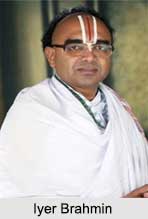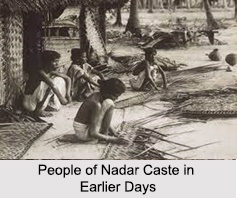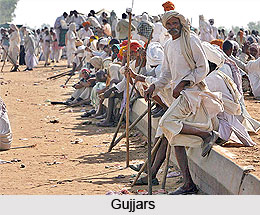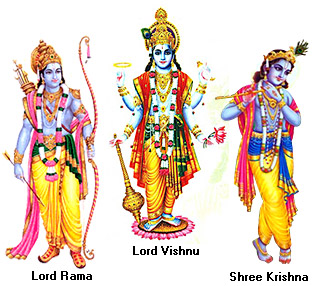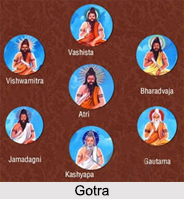 Yoga in Gorakhnathi sect is called "Hatha". An interesting derivation for the word is given in the commentary to verse one of the "Goraksa Paddhati", where it is stated that `ha` means the sun (surya) and `tha` means the moon (chandarama); and that their union is called Yoga. Yoga is both a branch of Hindu philosophy and a code of disciplinary practices. It is associated with asceticism and the acquirement of supernatural powers.
Yoga in Gorakhnathi sect is called "Hatha". An interesting derivation for the word is given in the commentary to verse one of the "Goraksa Paddhati", where it is stated that `ha` means the sun (surya) and `tha` means the moon (chandarama); and that their union is called Yoga. Yoga is both a branch of Hindu philosophy and a code of disciplinary practices. It is associated with asceticism and the acquirement of supernatural powers.
The word signifies, however, hard or extreme or strenuous discipline and the doctrines associated with Gorakhnathis lay particular stress upon Asana, Mudra, Pranayama, Dhauti, Chakra, Nadi and Kundalini Yoga, and most of these receive a great deal of attention in Tantric works. It is stated that Kundalini is that part of Hatha Yoga in which, though the intellectual is not neglected, the creative sustaining Shakti of the whole body is actually and truly united with the Lord-consciousness.
Siddhis of Yoga in Gorakhnathi Sect
The Yogi possesses supernatural control over the processes of nature. In the evolutionary series according to the Sankhya (and the Yoga) the lowest level marks the limit of evolution. Ordinarily, change at this level follows a general but orderly course; but it is conceivable that one who knows the laws of change, from sheer insight, or by magical knowledge, might be able to direct and control nature. Such is the claim of Yoga. Consequently, the Yogi, is able at will to become exceedingly small, or increase in size to enormous proportion; he may become very light or very heavy, he may reach in great distances over the earth, and travel through the air and through space at incredible speed; he may dive into the earth and up again as if it were water; and he may become very powerful, stronger than an elephant, bolder than a lion; and he may change the course of nature, having complete mastery of elements and authority over the states.
Elements of Yoga in Gorakhnathi Sects
The Tantric element is prominent in the teaching of the Gorakhnathis. Both the Buddhist Tantra and the Shaivite Tantra have had their influence upon the beliefs and practices of this sect. Shakta is one of the chief elements in the system of Tantra, and Shakti is, where the Kanphata Yogis are concerned, the consort of Lord Shiva. Shakta as a system is carried on in Assam and parts of West Bengal, and is usually associated with the worship of the consort of Shiva with rites specifically prescribed in the Tantras practiced by Gorakhnathis. The Yoga doctrine of the Gorakhnathis is traced to Minanath (Matsyendranath) who obtained it from Lord Shiva by taking the form of a fish and listening while that God was expounding the doctrine to Parvati as both stood on the shore of the sea.
According to the Hathayogapradipika, one of the books specifying the literature of Gorakhnathis, Hatha and Raja Yoga should both be used, and each is necessary to the success of the other. The practitioner of Hatha Yoga gets his knowledge or realization of the absolute, his union with Lord Shiva. Thus, the various concepts associated with the Yoga and Tantra of Gorakhnathis clearly specifies that this practice comprises observances involving necessary religious duties and self restraint. Moreover, in Yoga Tantra, all the Gods are represented as embracing their Shaktis.










